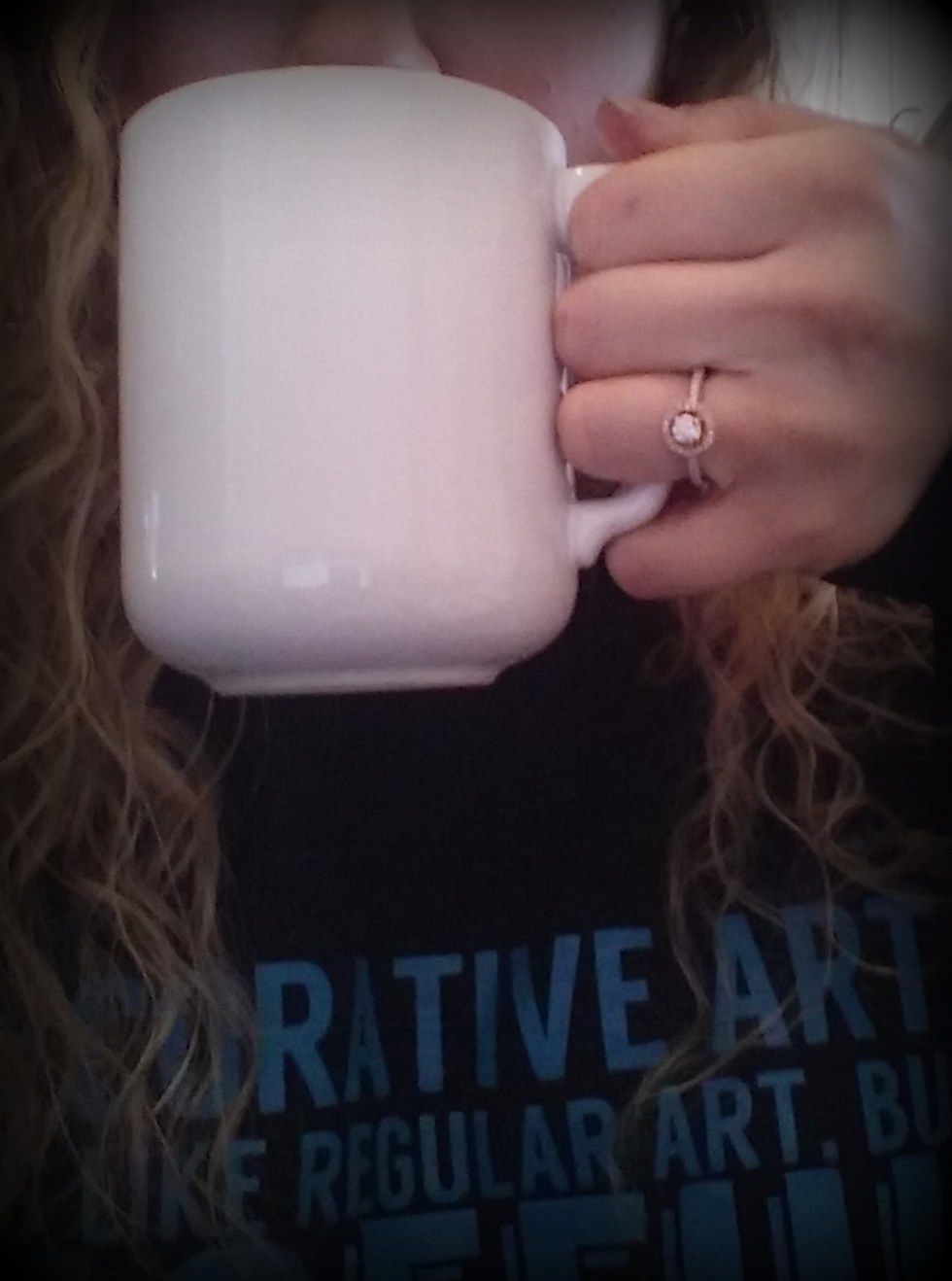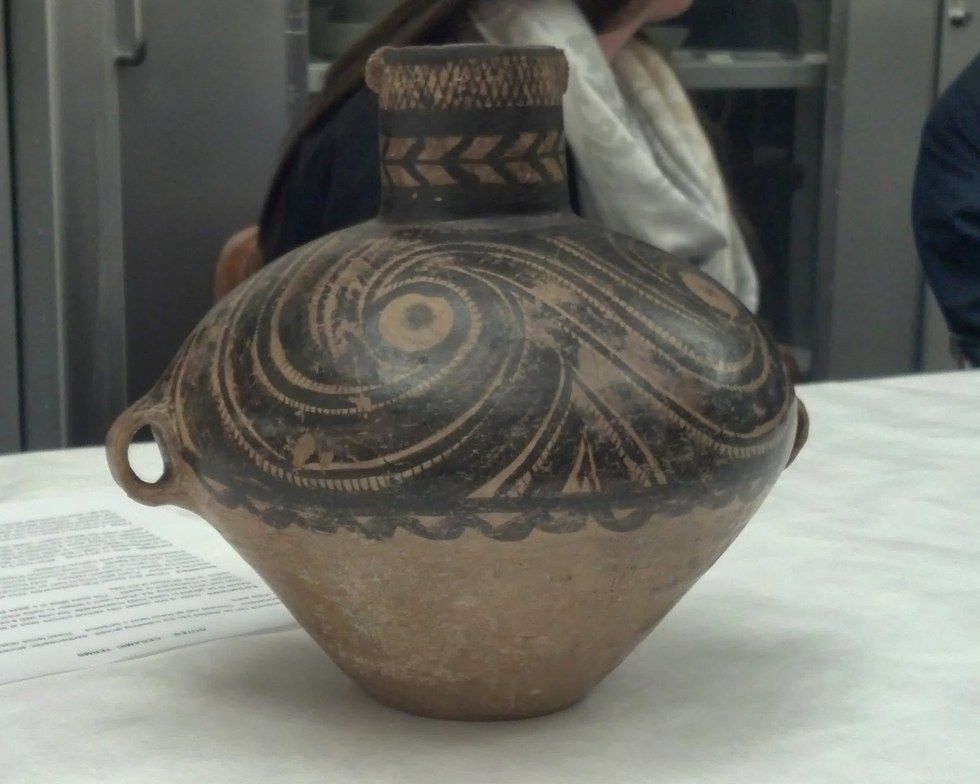Every morning, I wake up, turn on the hotpot, sort through my over-flowing drawer of options and make myself a cozy cup of tea.
It’s the little things in life that make me happy; not only my common-place tradition of a hot cup of tea every morning, but literally the little things in my life. Things like my mugs.
We all have things that we use every day, often without notice, that combine function with aesthetic qualities to create the personality of our lives. Furniture, dishes, clothing, hardware, it all adds visual interest and utility into our existences. On a technical level, we call this type of object Decorative Art. I LOVE dec arts (If you don’t believe me I have a thirty page paper on French porcelain to prove it!)
“Why?” You ask. “Why should anyone even take the time to notice an object as long as it functions and/or you find pleasure in it?” Because dec art is our every day, tangible, tactile connection to the past. Not just the currently resurgent craze for Mid-Century Modern (which refers to the general design style from approximately the 1940s-60s), but the way-way-back-machine past. I’m talking earliest-tangible-history past.
If you want to know how history is relevant to you, take a look at that ceramic mug in your hand. Or the one that holds my precious tea.
Other great examples of “really old” earthenware can be found across the globe, but these don’t equate to the 12,000+ year old jugs of Neolithic China.
Today, these pots go almost unnoticed in China due to their ubiquity, however, the examples currently housed in collections across the world are priceless to the ceramic enthusiast.
In their day, these objects were used to store all sorts of dry goods, or even dead bodies. Earthenwares are porous clays that do not become water-tight unless covered in a glaze, which did not come until much later in history, so storage of liquids would not have been possible in these objects for any significant amount of time. When used for storage of goods, the bottom half of the jug was placed in a hole in the ground (hence the lack of decoration on the bottom half of the jug.) The mouth of the jug would then be covered in a textile material and secured around the opening with a tied band.
Equally as common was the use of these for burial of children. Anyone could create these jugs, you didn’t have to be a ceramic specialist, so these jugs became common for all sorts of uses because even the lower-class families could easily replace them. Although the technical differences between my mug and these, often gigantic, jugs are vast, there is no mistaking the same concept of a low-fired clay being used both then and now.
So how do we get from these ancient to these current examples of everyday beauty? Human ingenuity. Over the thousands and thousands of years between the Neolithic Age and our current day people have worked to better themselves and their lives through constant experimentation. It has literally taken thousands of years for humans to create that mug in your cupboard that you probably never even think about. We use ceramics everyday for an endless amount of jobs that we don’t think twice about. And even beyond the kitchen, ceramics play an intrigal part to our lives; your toilet is most likely porcelain, perhaps your bathtub as well, the pots that you grow herbs in, myriad hardware and electrical pieces, the list goes on and on!
And the beauty doesn’t just stop at ceramics. Glass, textiles, furniture, metals, everything you use every day is a decorative art that has the history of the human race built in! So take time to enjoy the things, the decorative art, surrounding you every day. Humans have worked hard to produce that little mug and life without it (and the AMAZING technological advances that were discovered because of its production) would be a whole heck of a lot less enjoyable.

















































